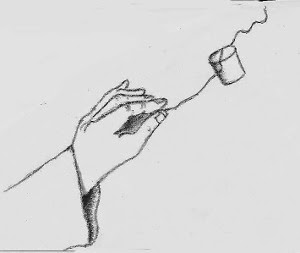 |
| David Stewart releasing a nice Steelhead |
I can
recall one such day on the Deschutes River. For several hours I
fished for steelhead under the morning’s warm sun without a strike.
However, around noon dark, ominous clouds began to cover the sunlit
water. I smelled rain. I quickly donned my rain gear and within
minutes a torrential summer rainstorm commenced. I had a strong
feeling that this would stir up some action and it did. In the next
hour, I hooked seven steelhead and landed and released four between
six and nine pounds. My luck finally ended when the storm subsided
and the sun reappeared.
This
condition can also occur when you are trout fishing. When wind and
rain pelt bushes and overhanging trees, insects can be thrashed and
blown out of the foliage and onto the water. This can cause a feeding
frenzy. So, rather than heading for shelter when a storm is brewing,
put on your parka and brace yourself for action. Foul weather might
just bring on warm results.
















